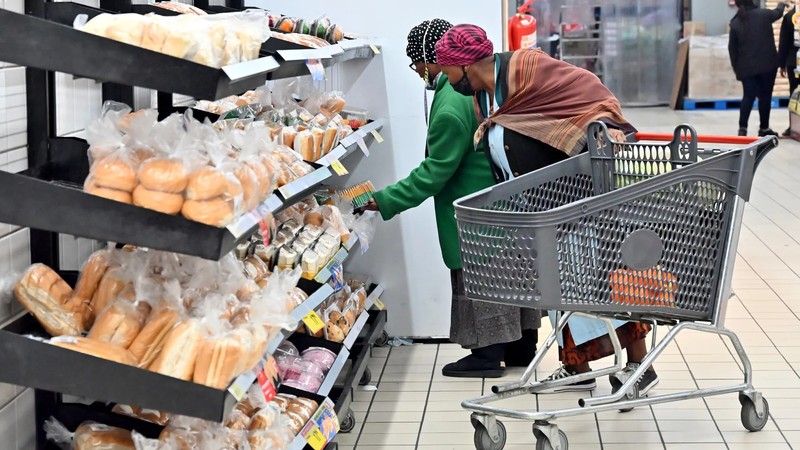South African households continued to struggle against rising food costs in October 2025 as the latest Household Affordability Index showed that the average food basket became even more expensive.
The index tracked prices of 44 basic food items across supermarkets and butcheries in major metro townships and rural centres including Johannesburg, Durban, Cape Town, Pietermaritzburg, Mtubatuba and Springbok.
The average cost of the Household Food Basket was recorded at R5 440.60.
This reflected a month on month increase of R61.18 or 1.1% from R5 379.42 in September 2025.
Year on year the basket increased by R91.95 or 1.7% from October 2024.
Food pricing pressures were not consistent across all items.
Twenty six of the tracked foods increased in price while eighteen decreased.
White sugar, frozen chicken portions, tomatoes, butternut and oranges pushed the basket upward, while onions, sugar beans and maize meal helped soften the overall increase.
Produce items experienced some of the sharpest jumps. Potatoes increased by 5%, tomatoes by 8%, and butternut by 29%. Apples rose by 8% and oranges by 28%. Tea and fish also climbed by 5% in October. The month saw further increases for essentials such as cooking oil, chicken portions, spinach, tinned pilchards and polony.
Some relief did come from items that dropped in price. Sugar beans fell by 5%, onions by 9%, cabbage by 7% and peanut butter by 7%. Maize meal, rice, eggs, and certain chicken cuts also showed minor decreases.
The index revealed mixed trends across regions. Joburg recorded the highest food basket increase at 2.1% month on month and 3.4% year on year, reaching R5 671.73.
Durban also saw a strong rise of 2.2% month on month. In contrast, Springbok and Mthatha recorded declines as local pricing eased.
Mthatha had not yet been included in the national average, but the city remained under pressure with a basket value of R5 450.09.
Data from Statistics South Africa showed headline inflation at 3.4% in September 2025 and food inflation at 4.4%, meaning food continued to rise faster than the overall inflation rate. The Producer Price Index indicated sharply higher costs in livestock based products which fed through to meat inflation.
Workers were still worse off. The National Minimum Wage for October 2025 translated to R5 297.36 for a month with 23 working days. With one wage often supporting a household of four, this meant R1 324.34 available per person which remained below the upper bound poverty line of R1 634.
The average cost of a basic nutritional food basket for a family of four was R3 707.08. The index calculated that when electricity and transport were deducted first, these costs consumed 57% of the minimum monthly wage.
A family would only have R2 275.51 left for food, meaning they could not afford even the minimum nutritious basket.
Per person, this translated to R568.88 which fell significantly below the food poverty line of R796.
Children remained the most vulnerable. The average cost to feed a child a basic nutritious diet was R945.04 in October.
The Child Support Grant of R560 covered less than two thirds of that cost. It sat 30% below the food poverty line and 41%t below the benchmark needed for adequate nutrition.
While food inflation slowed compared to recent years, the affordability gap widened, leaving South African households under continued strain.
With incomes failing to keep pace with basic nutrition costs, the index showed that food insecurity remained entrenched despite improving price stability on some staples.
BUSINESS REPORT
